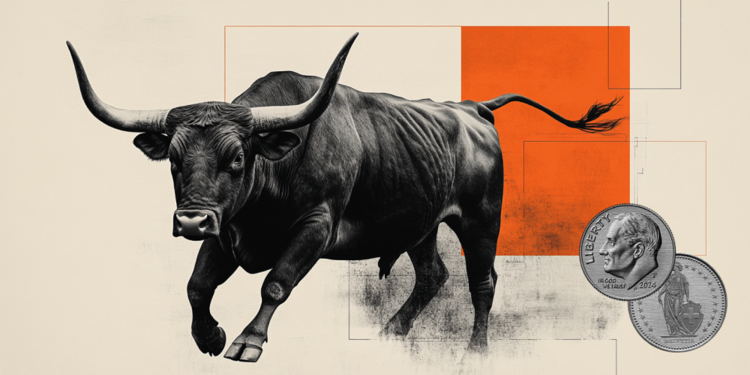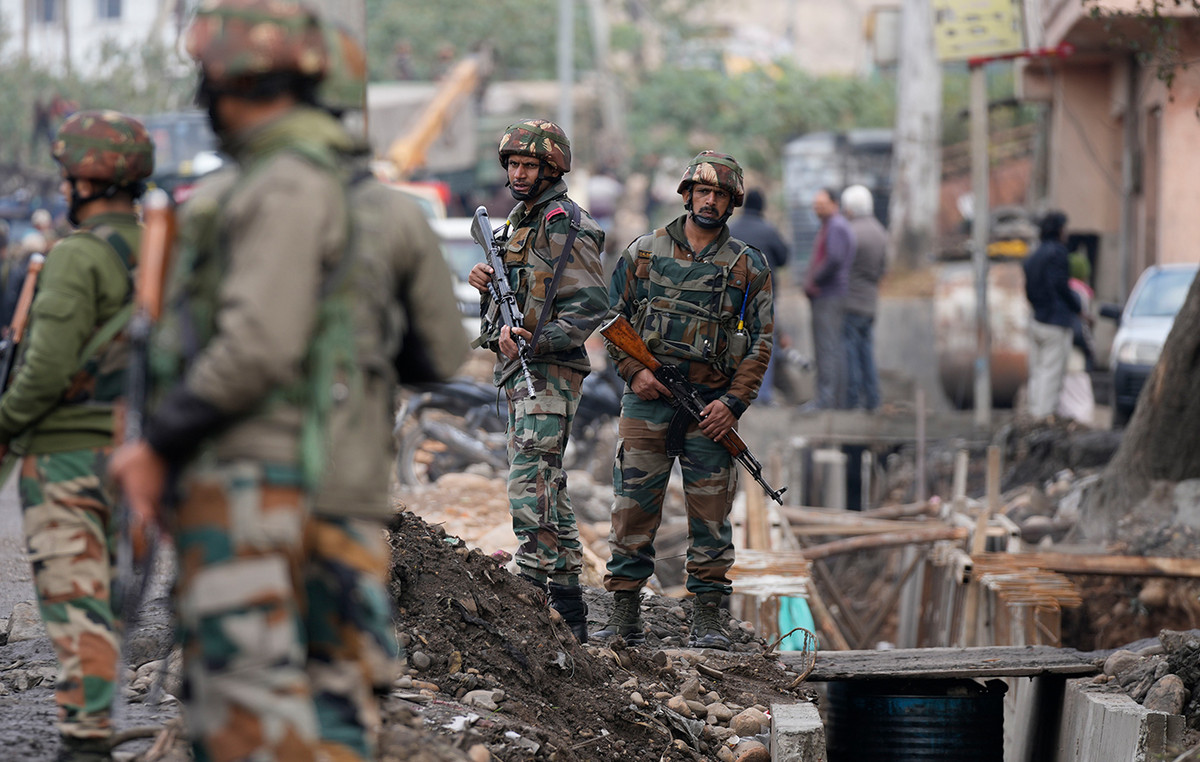The number of dengue cases in Brazil it rose almost 185% between January and the beginning of October, compared to the same period last year. The data were released this week by the Ministry of Health, which also pointed to an 86.9% increase in those infected with chikungunya, a disease also transmitted by the mosquito. Aedes aegypti.
The coordinator of InfoDengue, from Fundação Oswaldo Cruz (Fiocruz), Cláudia Codeço, says that spring, which began on September 22, is the time of year when the mosquito population increases and the potential transmission of diseases occurs. . Therefore, according to her, it is necessary to think about how to contain this advance.
“Everything that is done in the period between October and November will have an impact in March and April, when cases tend to increase in epidemic years, both in terms of incidence and hospitalization”, he highlights.
And this month of October brings a special alert because it started rainy in much of the country. The climatic condition favors the reproduction of the Aedes aegyptiwhich lays its eggs in stagnant water.
According to the National Institute of Meteorology (Inmet), October has been humid in western Amazonas, Acre, Northwestern Mato Grosso, the entire southern region of the country, southern Mato Grosso do Sul, southern São Paulo and Rio de Janeiro.
Meteorologist Andrea Ramos, from Inmet, points out that part of Brazil feels the driest climate, as a continuation of winter, due to the effects of La Niña, a meteorological phenomenon observed in Goiás, Tocantins and in eastern Mato Grosso.
In the rest of the country, spring has an increase in humidity, which favors the formation of rain clouds, with the traditional showers in the late afternoon, with higher temperatures – another important factor for the Aedes aegyptifavored by the hot and humid climate.
Data from the Ministry of Health show that the country had 1.3 million probable cases of dengue between January and October 8 this year, with the highest incidence rate in the Midwest region, with 1,921 cases per 100,000 inhabitants. Brazil still recorded 909 deaths from the disease, with the highest number in São Paulo (272), Goiás (129) and Paraná (102).
In the case of chikungunya, there are 168,908 probable cases, with an incidence rate of 79.2 per 100,000 inhabitants. The highest rate is observed in the Northeast, with 254.9 cases per 100,000 inhabitants. The country confirmed 76 deaths from the disease, with 47.3% (36) of them in Ceará.
The coordinator of InfoDengue/Fiocruz believes that the increase in infected people is caused by two factors. One of them is that arboviruses (diseases caused by viruses whose vectors are insects, such as mosquitoes) tend to have silent years and other active ones, in cycles. Another factor is the impact of the Covid-19 pandemic.
“In the case of the pandemic, we had a great impact on health, both in the modification of cases and in the surveillance of arboviruses, in people going to health care, which affected both the occurrence and the notification of cases. Attention was focused on Covid and the rest was in the background”, he said.
The researcher highlights that it is time for prevention actions by citizens, with the traditional backyard inspection to eliminate points of standing water, and also by the public authorities, with the strengthening of endemic teams, who visit the houses and follow the numbers of the illnesses.
Discover the main mosquito breeding sites Aedes aegypti
Source: CNN Brasil
I am an experienced journalist and writer with a career in the news industry. My focus is on covering Top News stories for World Stock Market, where I provide comprehensive analysis and commentary on markets around the world. I have expertise in writing both long-form articles and shorter pieces that deliver timely, relevant updates to readers.







